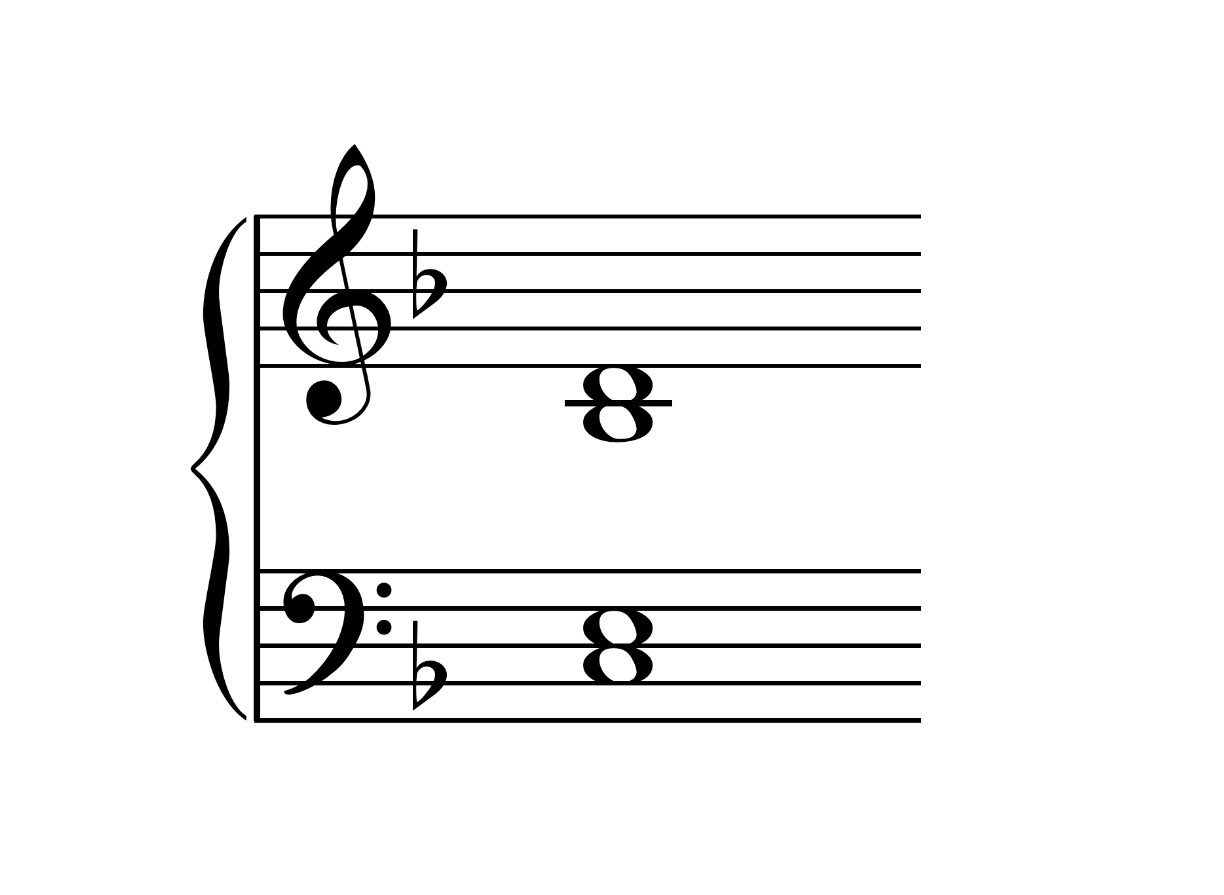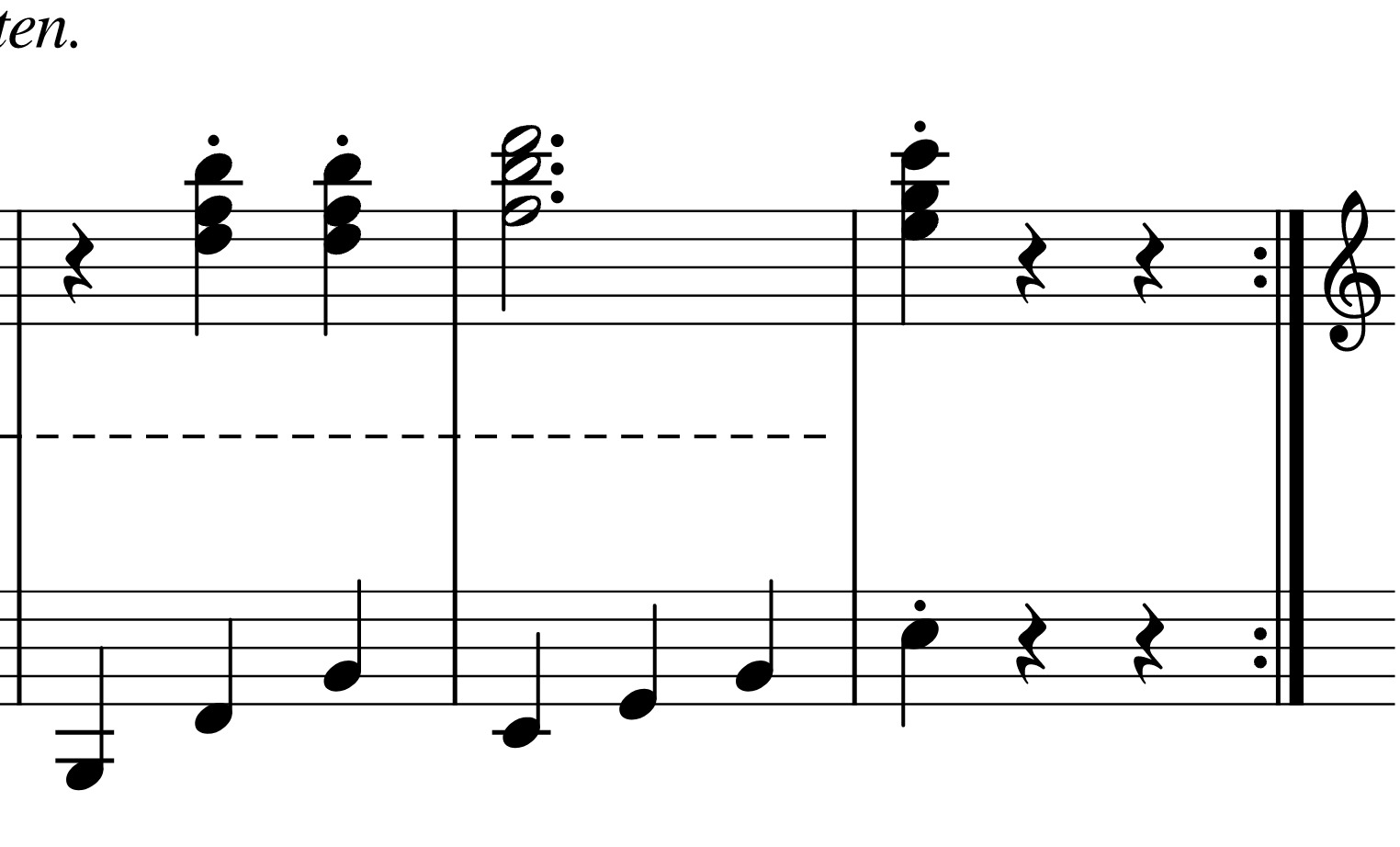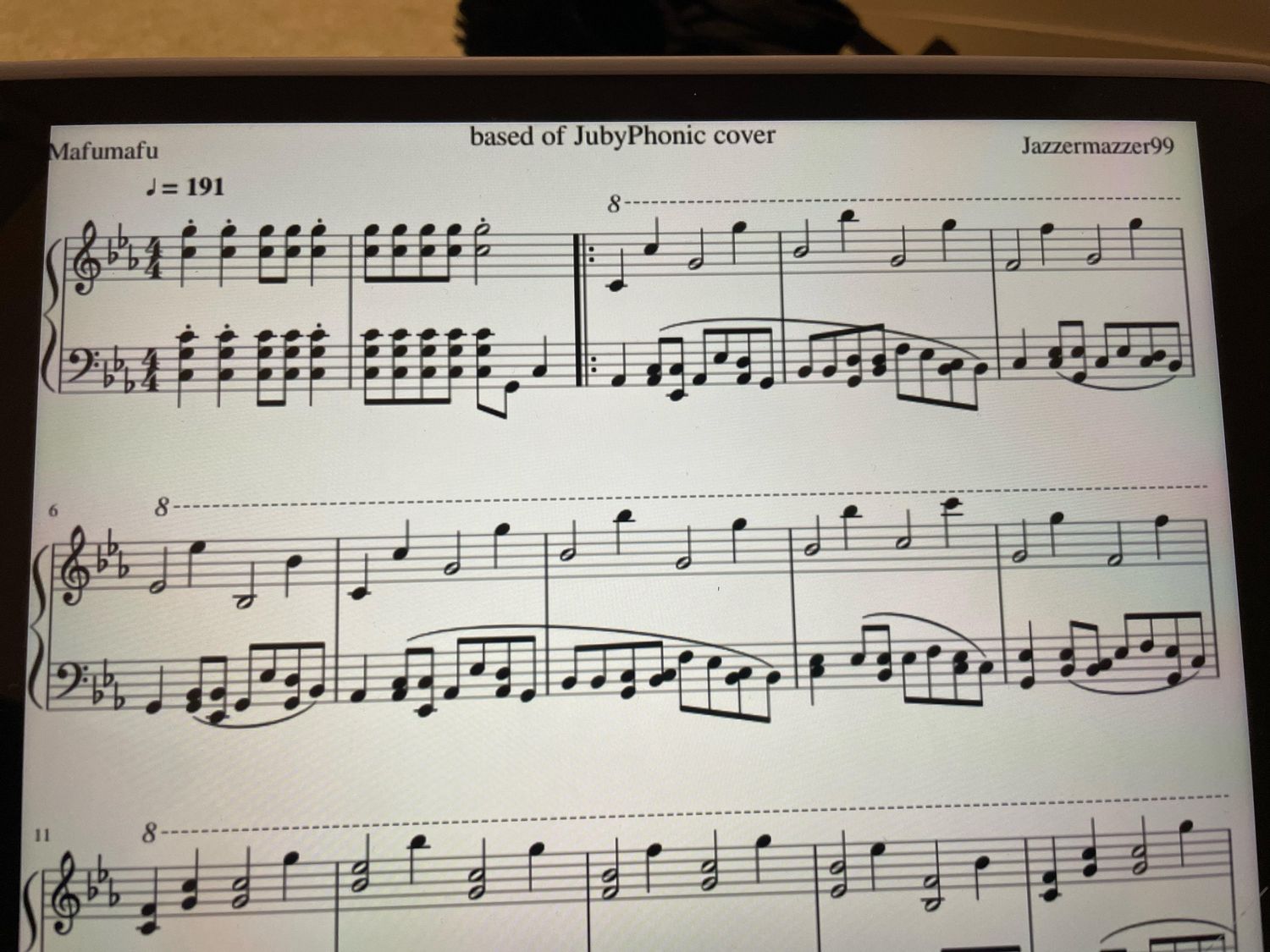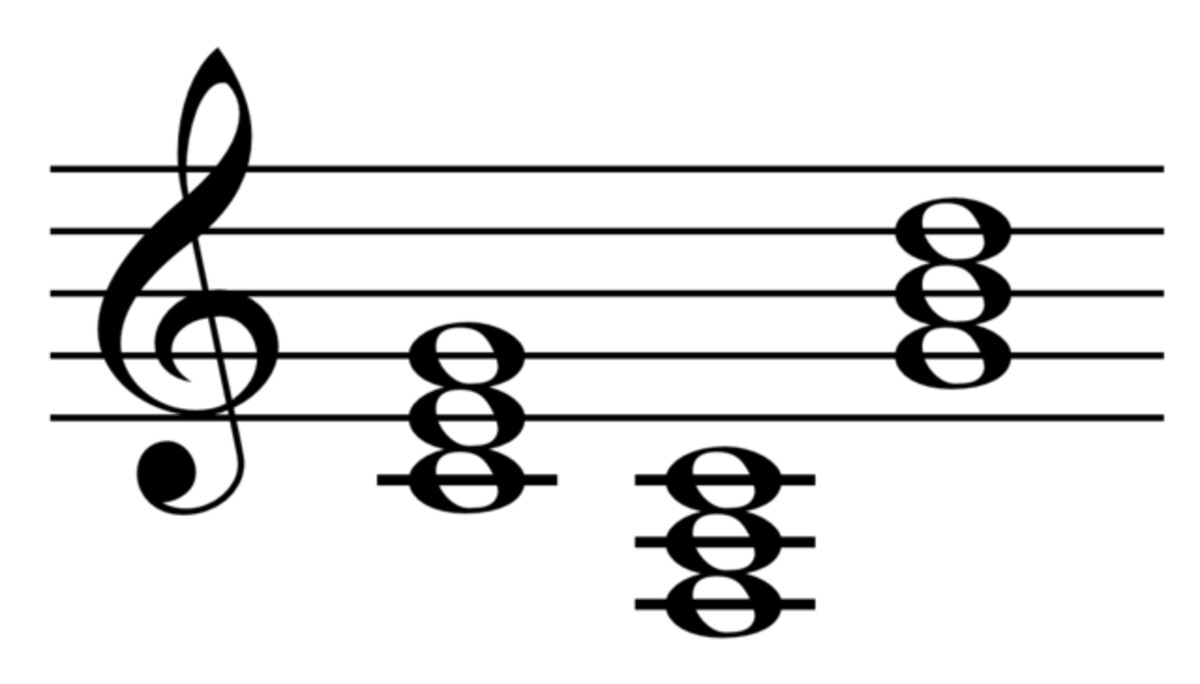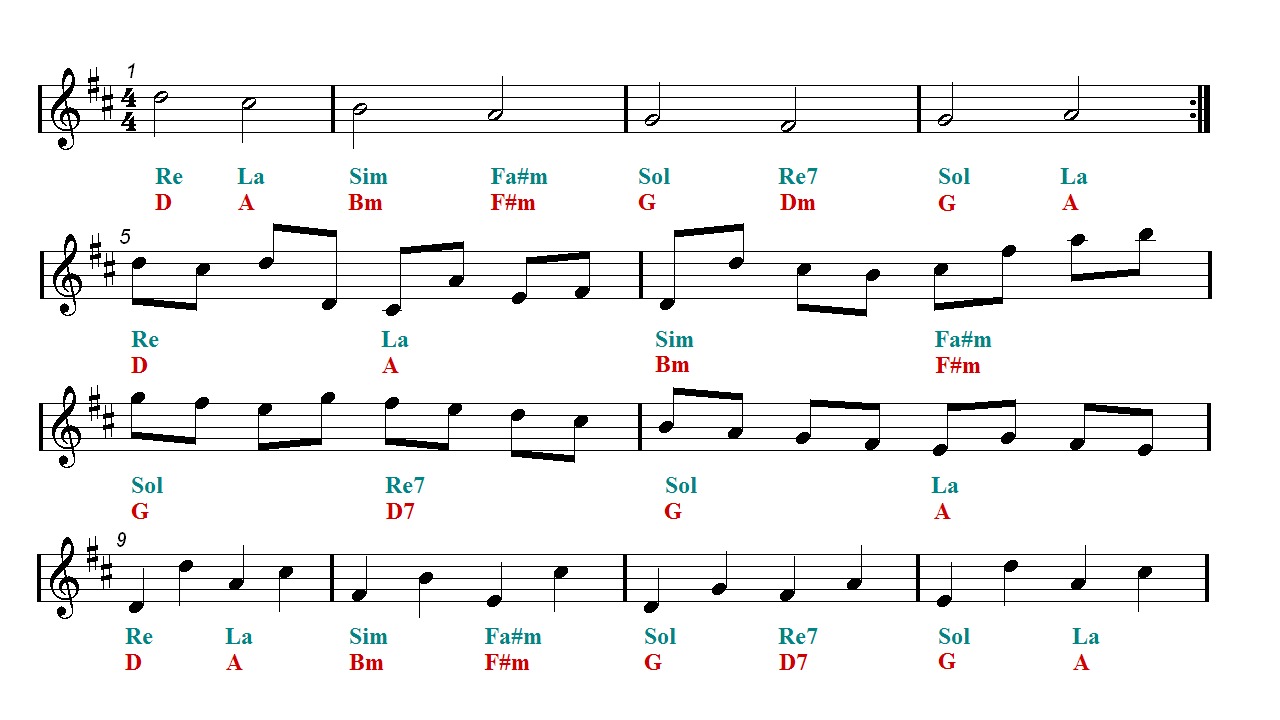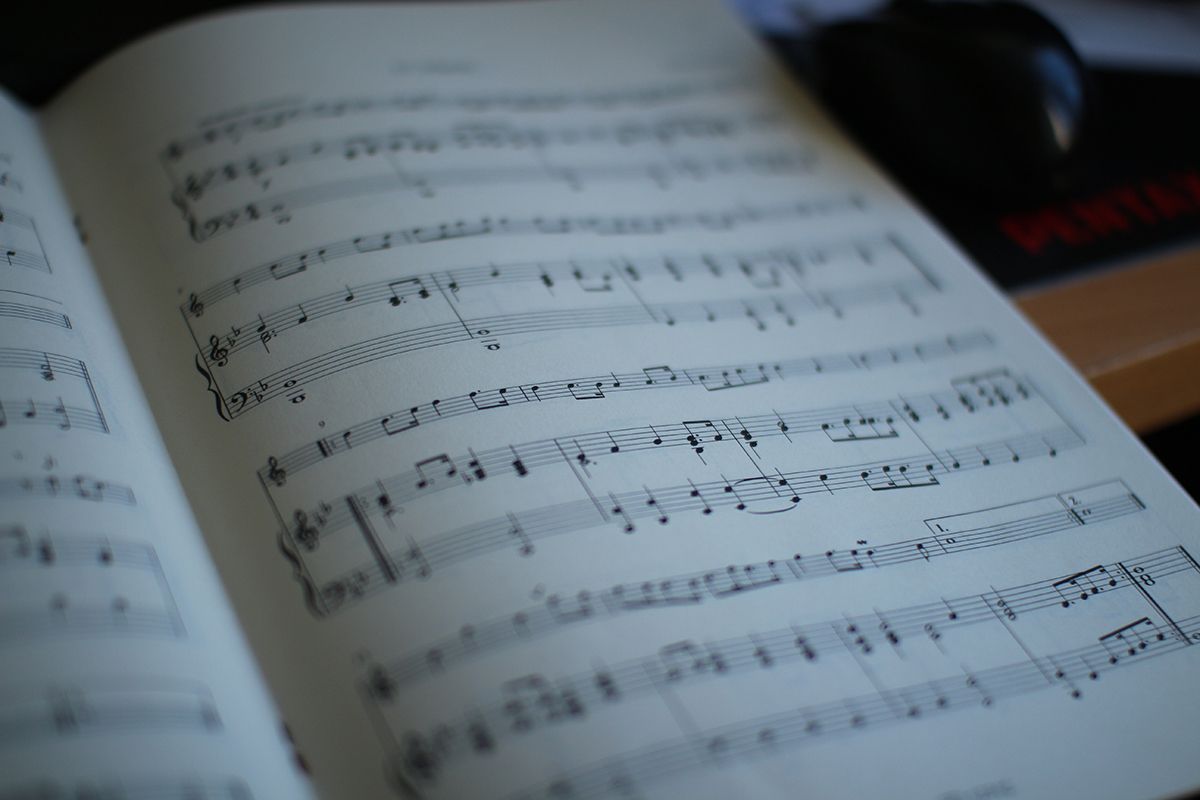Home>Production & Technology>Music Theory>Music Theory What Is A BVI 7
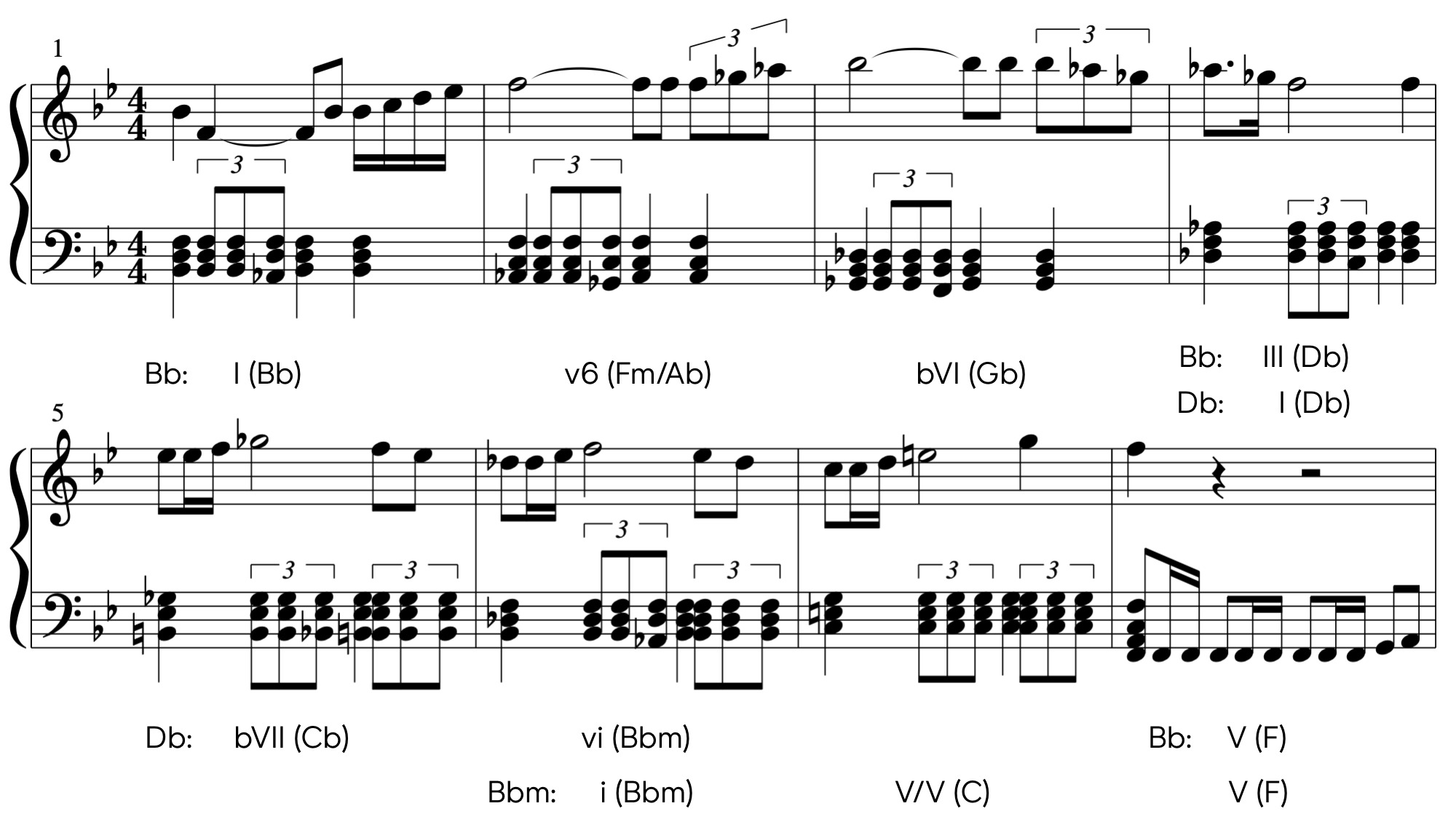

Music Theory
Music Theory What Is A BVI 7
Published: January 30, 2024
Learn about the BVI 7 chord in music theory and how it enhances harmonic progressions. Expand your knowledge of music theory with this essential concept.
(Many of the links in this article redirect to a specific reviewed product. Your purchase of these products through affiliate links helps to generate commission for AudioLover.com, at no extra cost. Learn more)
Table of Contents
Introduction
Music theory is a fundamental aspect of understanding and creating music. It encompasses various elements, including scales, chords, and progressions. One chord that plays a significant role in music theory is the BVI 7 chord. This chord, also known as the major minor seventh chord, adds color and complexity to musical compositions.
In this article, we will explore the concept of the BVI 7 chord, its definition, its role in music theory, and how to identify it within a musical context. Whether you’re a budding musician, a songwriter, or simply a music enthusiast, enhancing your knowledge of music theory and understanding the intricacies of chords like the BVI 7 can greatly elevate your musical abilities.
Understanding the BVI 7 chord requires an understanding of basic music theory concepts. It combines elements from the major and minor scales, resulting in a chord that has a unique and captivating sound. Let’s delve deeper into the definition of the BVI 7 chord.
Definition of BVI 7
The BVI 7 chord, also known as the major minor seventh chord, is a four-note chord that combines the elements of a major triad with a minor seventh. It consists of the root note, a major third interval, a perfect fifth interval, and a minor seventh interval. In Roman numeral analysis, the BVI 7 chord is represented as ♭VI7.
This chord gets its distinct name from its construction. The term “major minor seventh” highlights the combination of major and minor intervals within the chord. The major third and perfect fifth intervals contribute to the major quality, while the minor seventh interval adds a touch of tension and a hint of minor tonality.
The BVI 7 chord can be seen as a borrowed chord in music theory, as it is often used in a different key than the one it belongs to. For example, in the key of C major, the BVI 7 chord would be an A♭ major minor seventh chord. This borrowing of chords from distant keys adds a sense of harmonic richness and color to compositions.
While the BVI 7 chord is commonly associated with popular music genres like jazz and blues, it can be found in a wide range of musical styles. Its unique blend of major and minor tonalities makes it a versatile and expressive chord choice for composers and improvisers alike.
Now that we have a solid understanding of the BVI 7 chord’s definition, let’s explore how it is constructed and identified within a musical context.
Understanding the BVI Chord
To fully grasp the essence of the BVI 7 chord, it’s essential to understand its construction and the intervals that make up its sound.
The BVI 7 chord is built off the sixth note of a major scale. This means that in the key of C major, the BVI 7 chord would be based on the note A♭. Starting from A♭, we apply the intervals of a major third, perfect fifth, and minor seventh to create the BVI 7 chord.
Let’s take a closer look at the intervals within the BVI 7 chord:
- Root Note (A♭): The foundation of the chord, the note on which the entire chord is built.
- Major Third (C): A distance of two whole steps above the root note, creating a sense of brightness.
- Perfect Fifth (E♭): A distance of three and a half steps above the root note, providing stability and a sense of resolution.
- Minor Seventh (G♭): A distance of five whole steps above the root note, adding tension and a touch of darkness to the chord.
Combining these intervals together, we create the BVI 7 chord (A♭ – C – E♭ – G♭), which has a distinct and captivating sound due to the juxtaposition of major and minor tonalities.
Understanding the construction of the BVI 7 chord allows us to identify and utilize it in various musical contexts. In the next section, we will explore different ways to identify the BVI 7 chord in musical compositions.
How to Identify a BVI 7 Chord
Identifying a BVI 7 chord within a musical composition requires a keen ear and a basic understanding of chord progressions and harmonic analysis. Here are a few tips to help you recognize and identify a BVI 7 chord:
- Listen for the unique sound: The BVI 7 chord has a distinct and captivating sound due to the combination of major and minor tonalities. Train your ear to recognize this characteristic sound.
- Look for the characteristic intervals: As mentioned earlier, the BVI 7 chord consists of a root note, a major third, a perfect fifth, and a minor seventh. Pay attention to these intervals when analyzing chord progressions.
- Observe the chord’s function: In many cases, the BVI 7 chord is used as a dominant function chord, leading to the resolution of a tonic or another chord in a progression. This functional context can help indicate the presence of a BVI 7 chord.
- Consider the key signature: The BVI 7 chord is commonly borrowed from another key. If you notice a chord that doesn’t naturally belong to the current key but adds an intriguing tonal flavor, it could be a BVI 7 chord.
- Explore the chord’s role in the progression: Analyzing the chord progression as a whole can provide insights into the presence of a BVI 7 chord. Look for patterns and relationships between chords to identify the BVI 7 chord’s role within the musical context.
Remember, identifying a BVI 7 chord may require practice and familiarity with common chord progressions and harmonic patterns. As you train your ear and deepen your understanding of music theory, it will become easier to identify and appreciate the presence of the BVI 7 chord in various compositions.
Common Uses of BVI 7 in Music Theory
The BVI 7 chord is a versatile chord that is used in various musical contexts and genres. Its unique combination of major and minor tonalities adds richness and complexity to compositions. Let’s explore some common uses of the BVI 7 chord:
- Modal Interchange: The BVI 7 chord is frequently utilized in modal interchange or borrowing chords from a parallel key. For example, in the key of C major, the BVI 7 chord (A♭ major minor seventh) can be borrowed from the key of C minor. This injection of a chord from a different tonal context adds a refreshing and unexpected twist to the music.
- Substituting Dominant Chords: The BVI 7 chord can also function as a substitute for other dominant chords. Its major minor quality allows it to serve as a substitute for the V7 chord, introducing harmonic tension and providing alternative resolutions in chord progressions.
- Jazz Harmony: In jazz music, the BVI 7 chord is often used as a secondary dominant chord. It can create interesting and unpredictable harmonic movements and serve as a pivot chord, leading to unexpected key modulations and chord progressions.
- Blues Progressions: The BVI 7 chord has a prominent presence in blues music. It contributes to the unique blues sound and can be used in chord progressions like the 12-bar blues to add a touch of complexity and harmonic interest.
- Harmonic Color and Contrast: The BVI 7 chord is frequently employed to introduce harmonic color and contrast in compositions. Its distinctive combination of major and minor tones can create moments of tension and release, adding depth and emotional impact to the music.
These are just a few examples of the common uses of the BVI 7 chord in music theory. Its versatility and ability to create unique tonal flavors make it a valuable tool for composers and musicians looking to experiment with different chord progressions and add complexity to their compositions.
Chord Progressions and BVI 7
Chord progressions serve as the building blocks of music, providing a sense of movement and structure. The BVI 7 chord can be incorporated into various chord progressions to add interest, tension, and harmonic color. Let’s explore some common chord progressions where the BVI 7 chord can be utilized:
- ii – V – I Progression: In jazz and many other genres, the BVI 7 chord can be substituted for the ii chord in a ii – V – I progression. For example, in the key of C major, the progression can be represented as Dm7 – A♭7 – Cmaj7. This substitution adds a unique tonal flavor and introduces unexpected harmonic movement.
- Borrowed Chords: As mentioned earlier, the BVI 7 chord often functions as a borrowed chord from a parallel key. It can be used in various progressions to create tension and release. For example, in the key of C major, incorporating an A♭7 chord can create an interesting progression like C – G – A♭7 – F. This adds a dramatic and unexpected harmonic movement.
- Blues Progressions: The BVI 7 chord is commonly used in blues progressions, bringing a distinctive flavor to the genre. For example, in a 12-bar blues in the key of C, the progression can include chords like C7 – F7 – A♭7 – G7. The inclusion of the A♭7 chord adds a touch of complexity and harmonic interest to the traditional blues sound.
- Modal Interchange: Modal interchange or borrowing chords from a parallel key can create interesting chord progressions. Incorporating the BVI 7 chord from a different key can provide unexpected and captivating harmonic moments. For example, in the key of C major, borrowing the BVI 7 chord (A♭7) from the key of C minor can result in progressions like C – A♭7 – F, adding an intriguing tonal flavor.
These are just a few examples of how the BVI 7 chord can be incorporated into chord progressions. Experimenting with different progressions and utilizing the BVI 7 chord can breathe new life into your compositions and allow for creative musical expression.
Conclusion
The BVI 7 chord, with its unique blend of major and minor tonalities, is a versatile and captivating chord that adds richness and complexity to music compositions. Understanding its definition, construction, and common uses in music theory can greatly enhance your musical knowledge and creativity.
From its role in modal interchange to its ability to substitute dominant chords and its presence in blues progressions, the BVI 7 chord offers endless opportunities for musicians and composers to explore and experiment with harmonies and chord progressions. Incorporating this chord into your musical compositions can create moments of tension, interest, and harmonic color.
By training your ear to identify the sound and characteristic intervals of the BVI 7 chord, you can begin to incorporate it into your own musical creations. Whether you are a guitarist, pianist, songwriter, or simply have a deep love for music, the BVI 7 chord invites you to think outside the box and add a touch of uniqueness to your musical repertoire.
So, embrace the power of the BVI 7 chord, explore its diverse applications, and let it take your musical creations to new heights. As you continue your journey through music theory, understanding the intricacies of chords like the BVI 7 will undoubtedly expand your musical horizons and allow you to express yourself authentically through the language of music.

